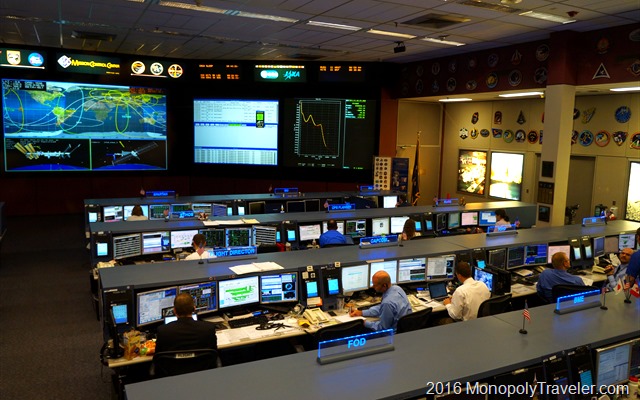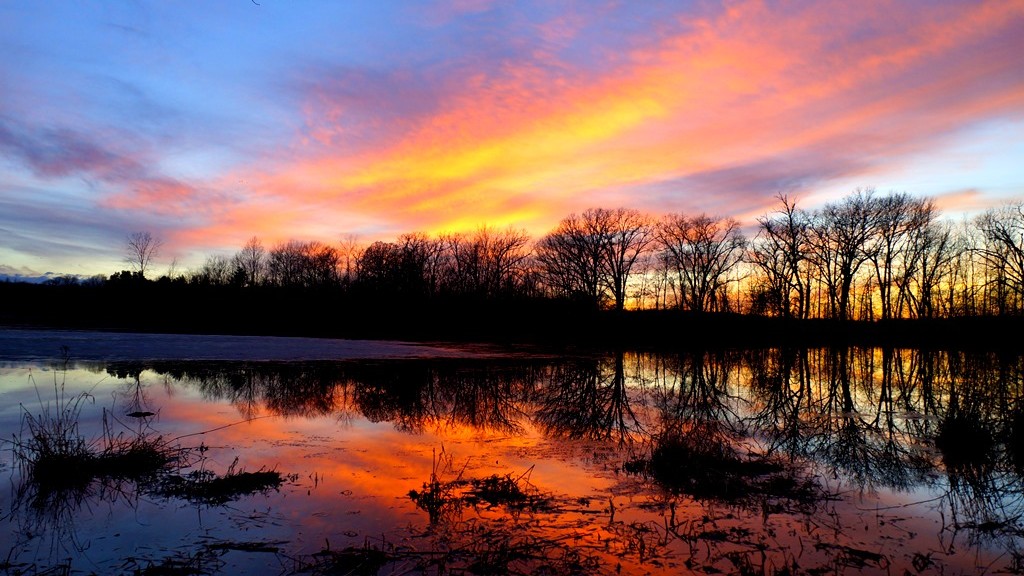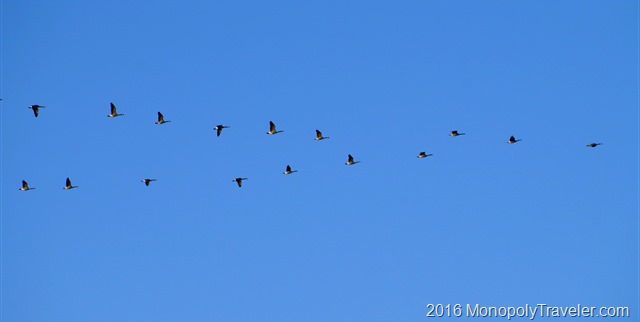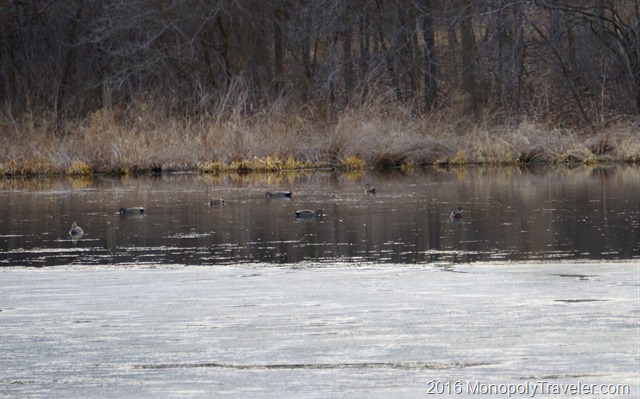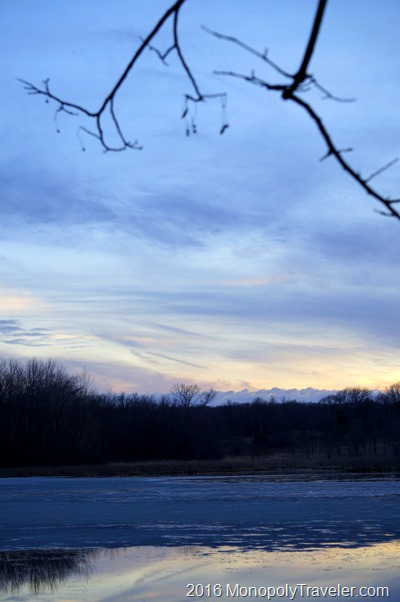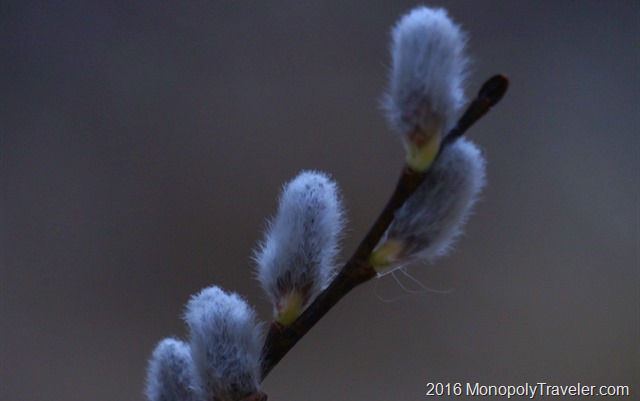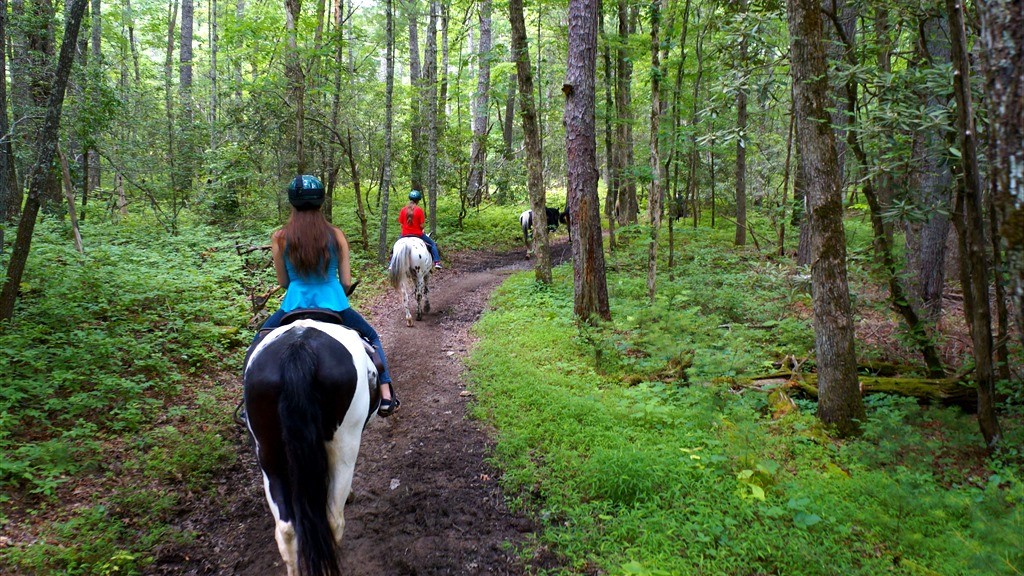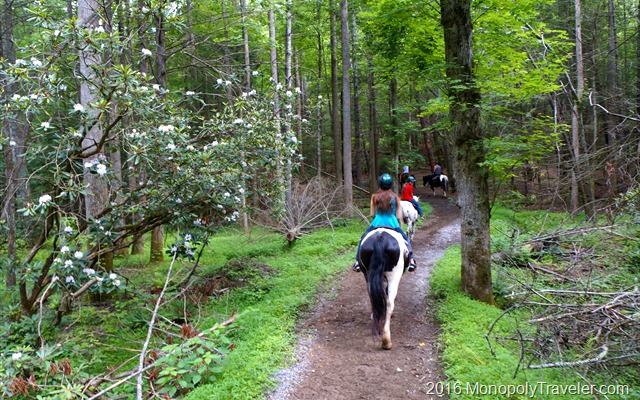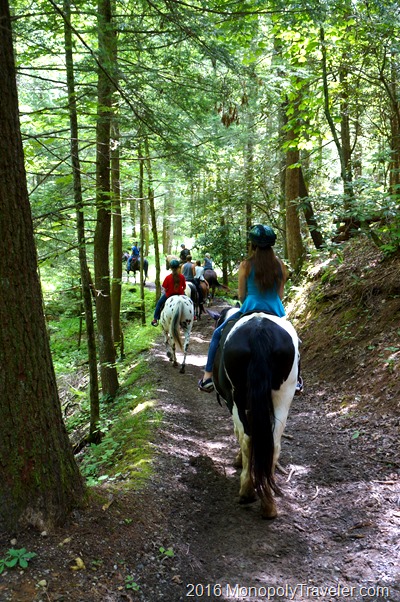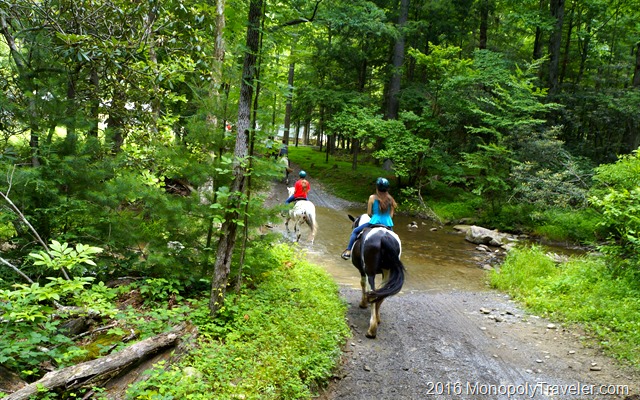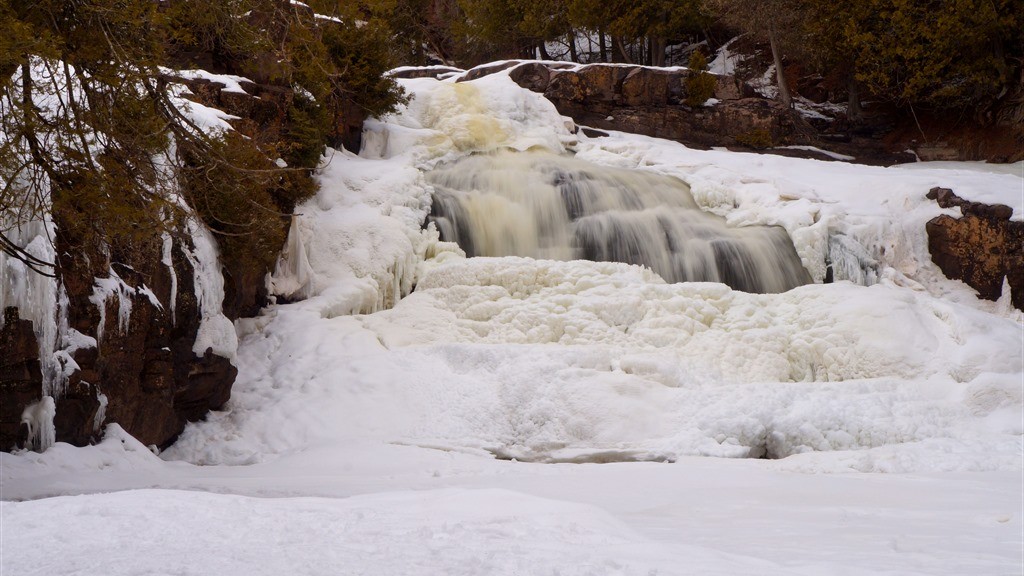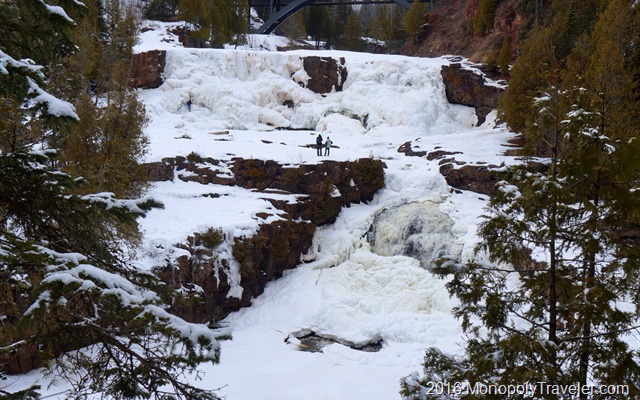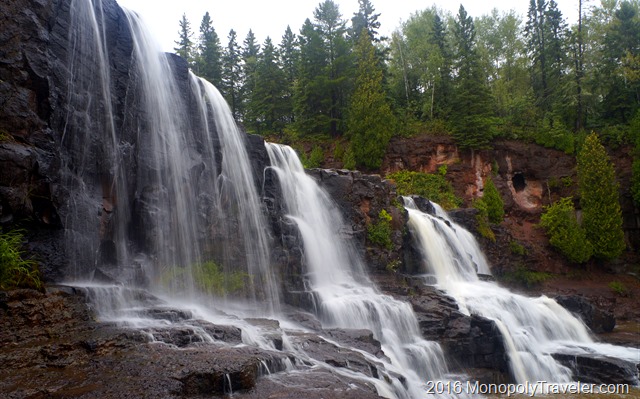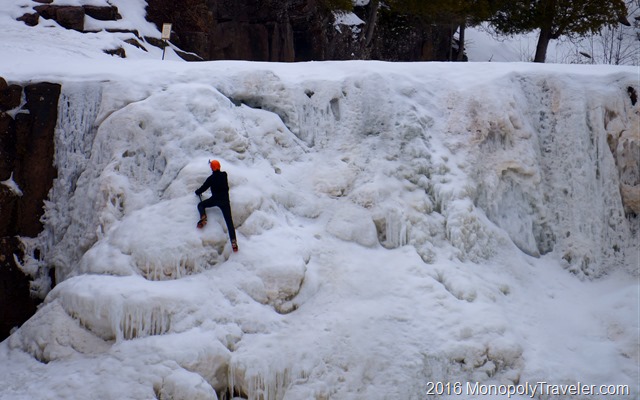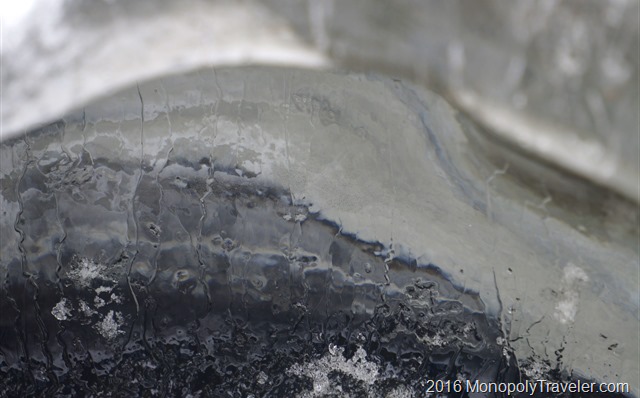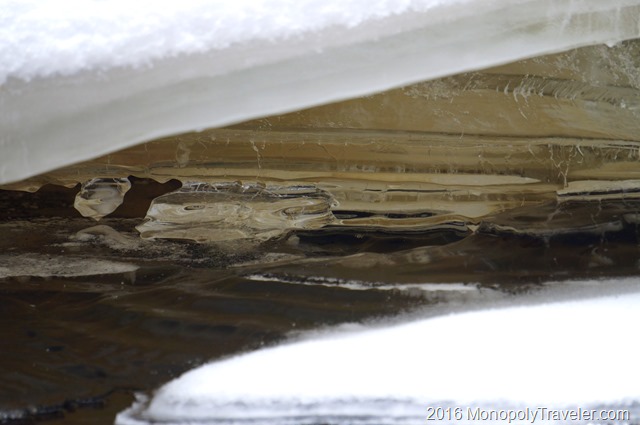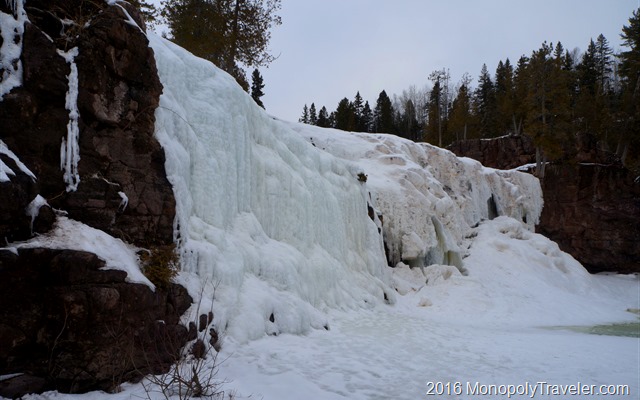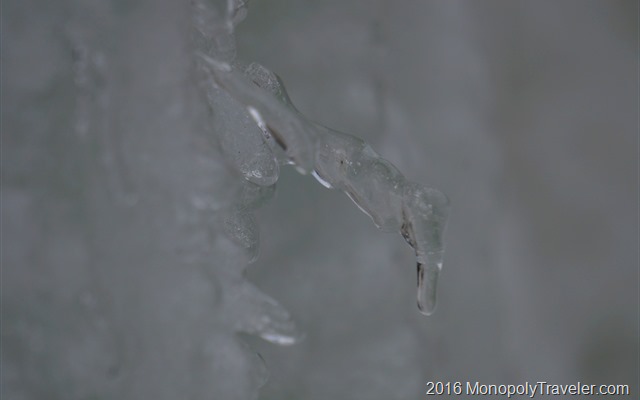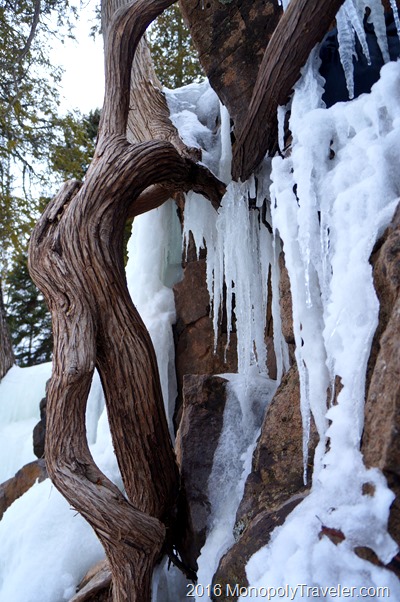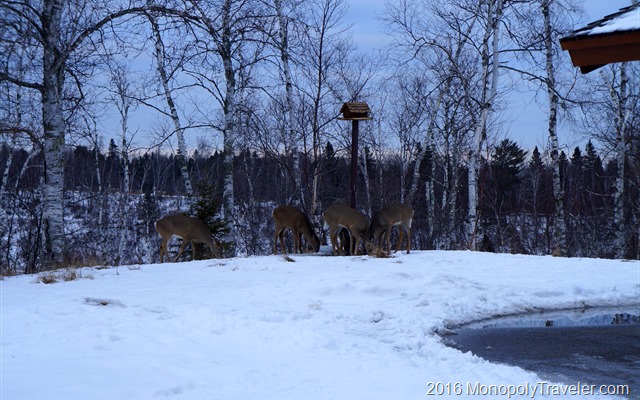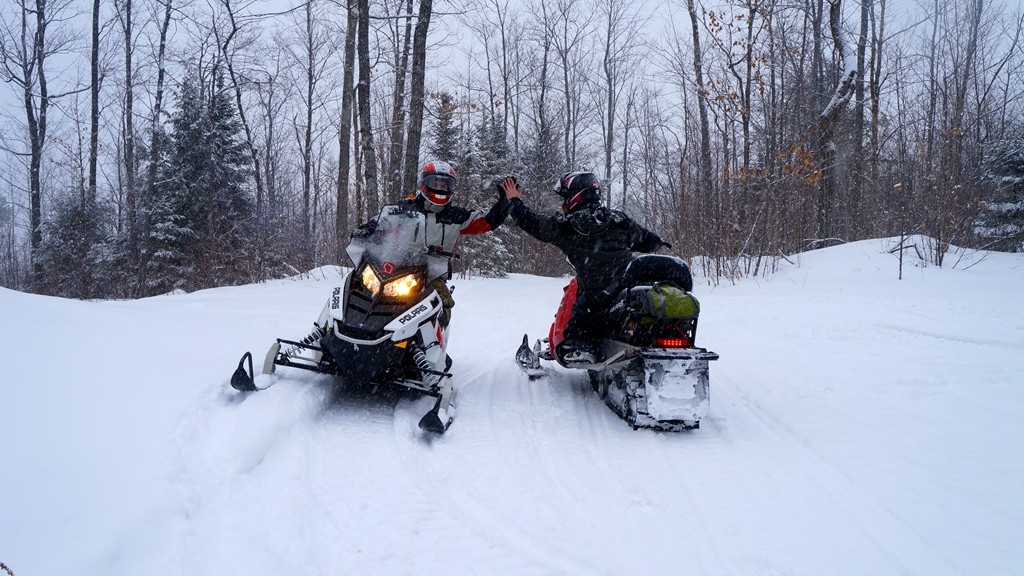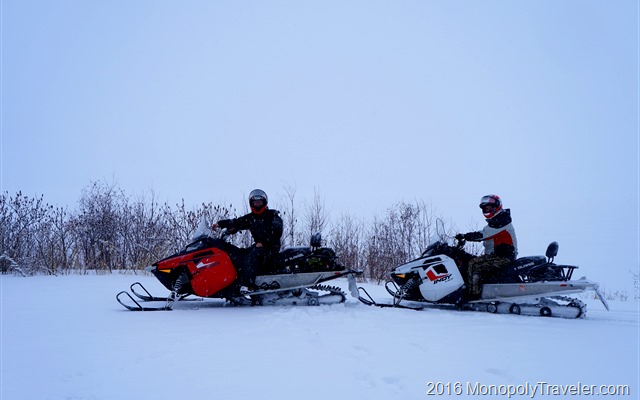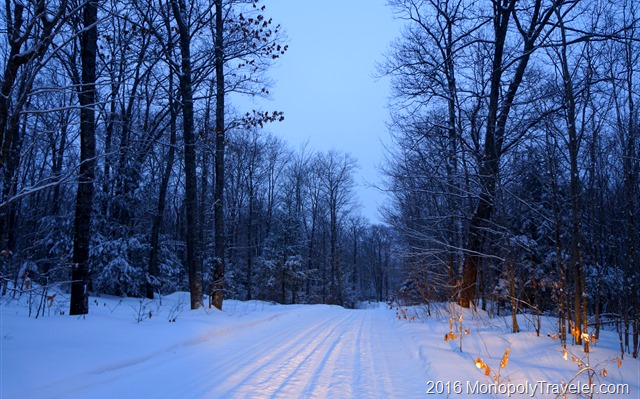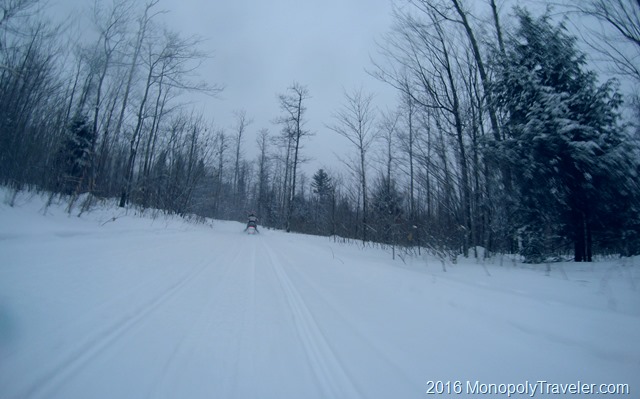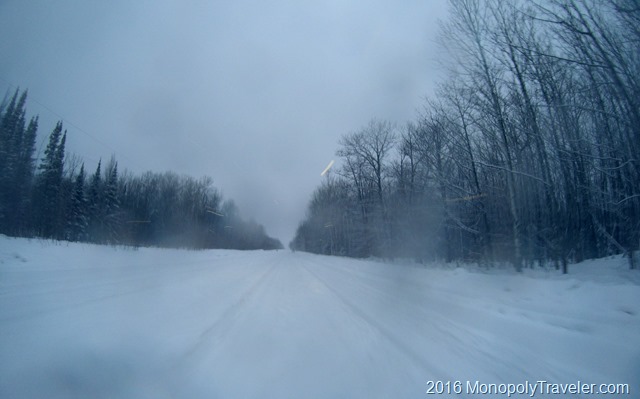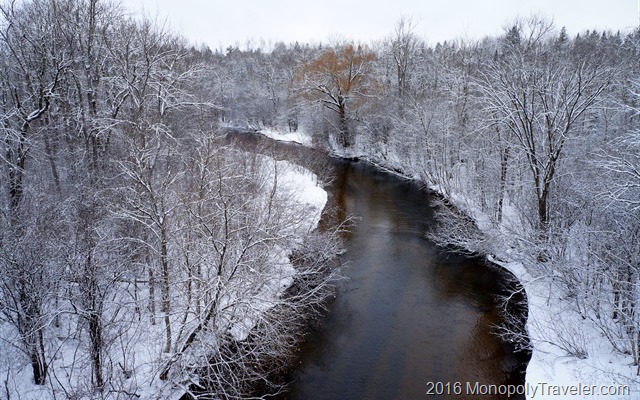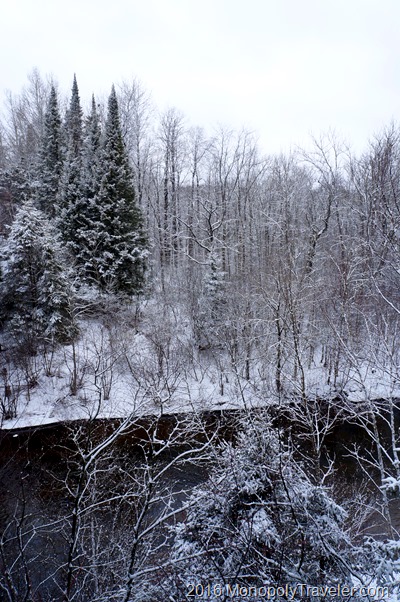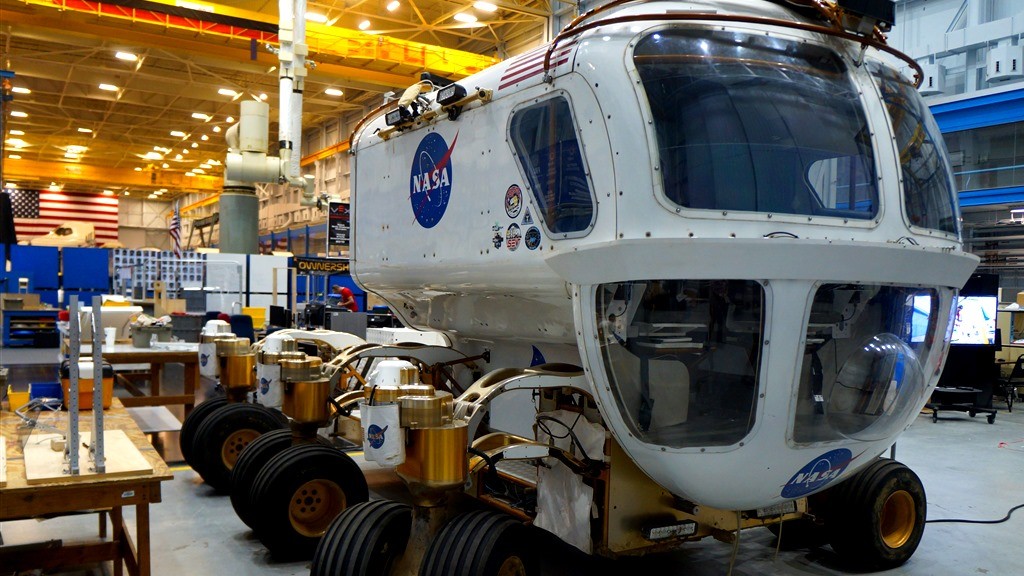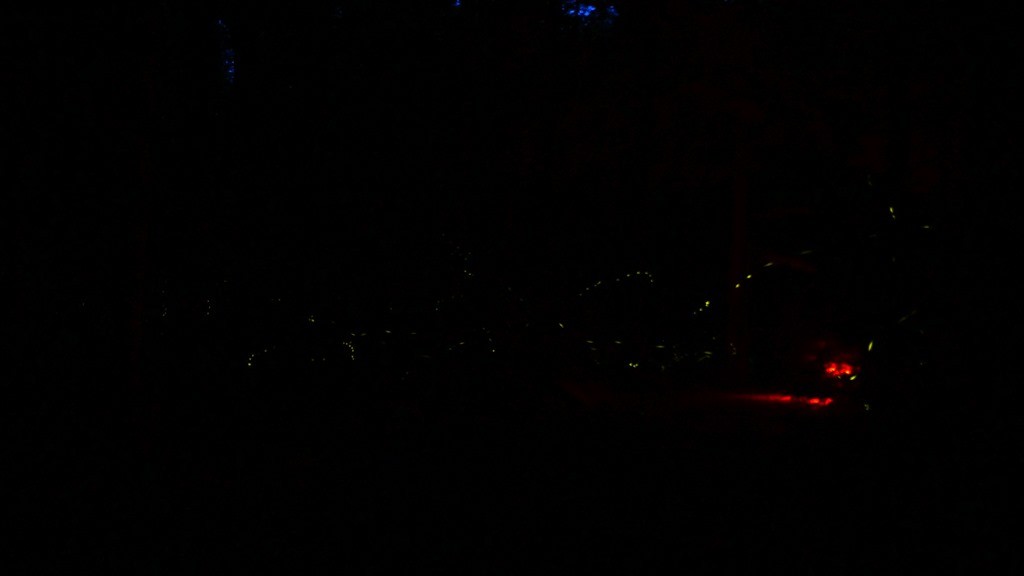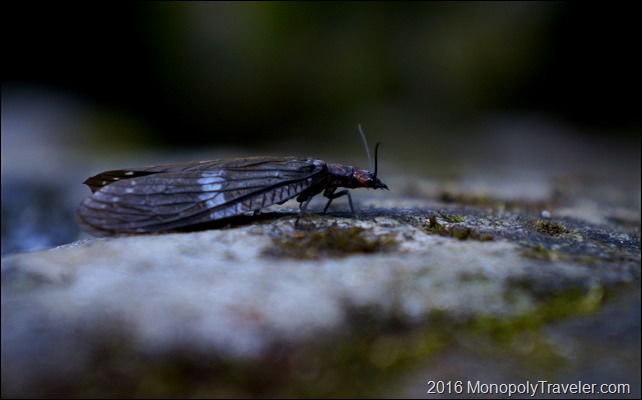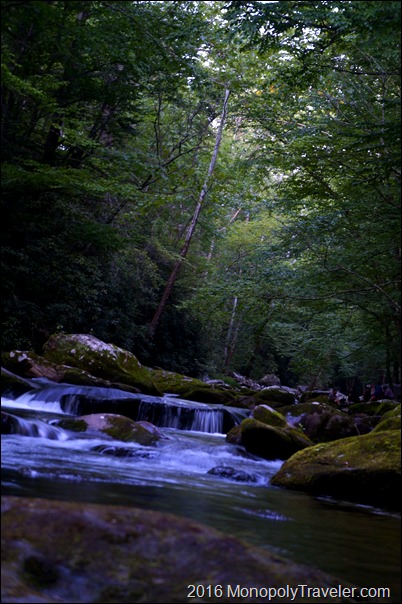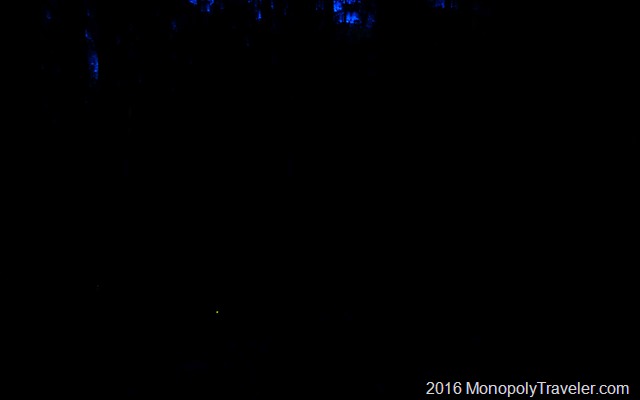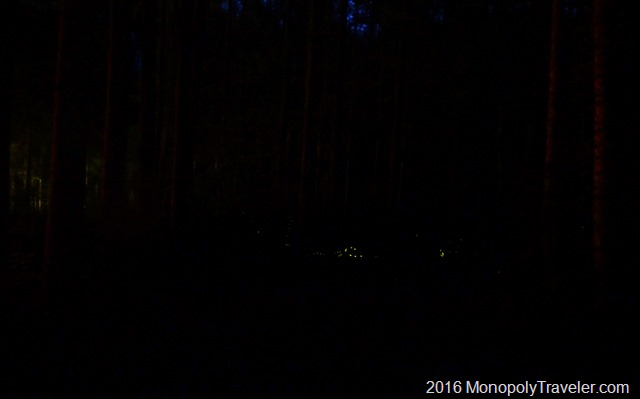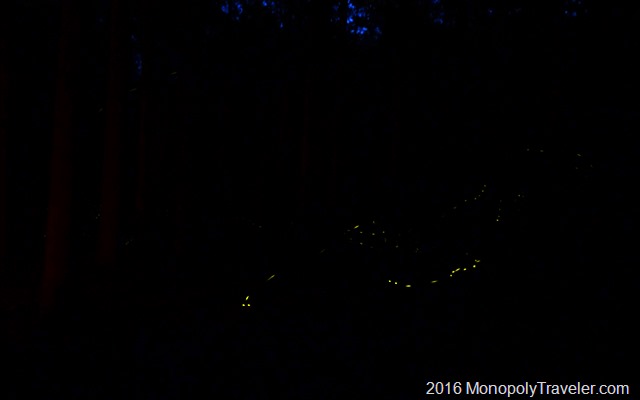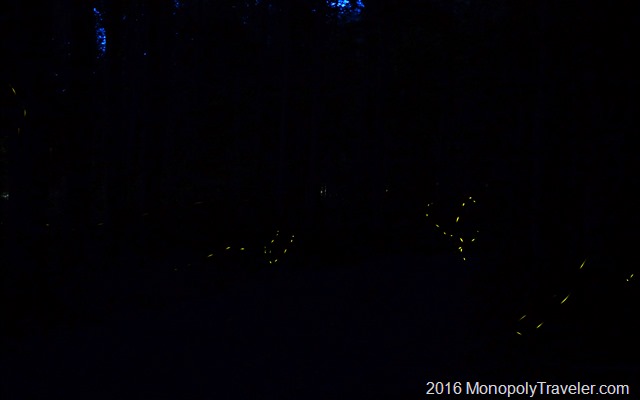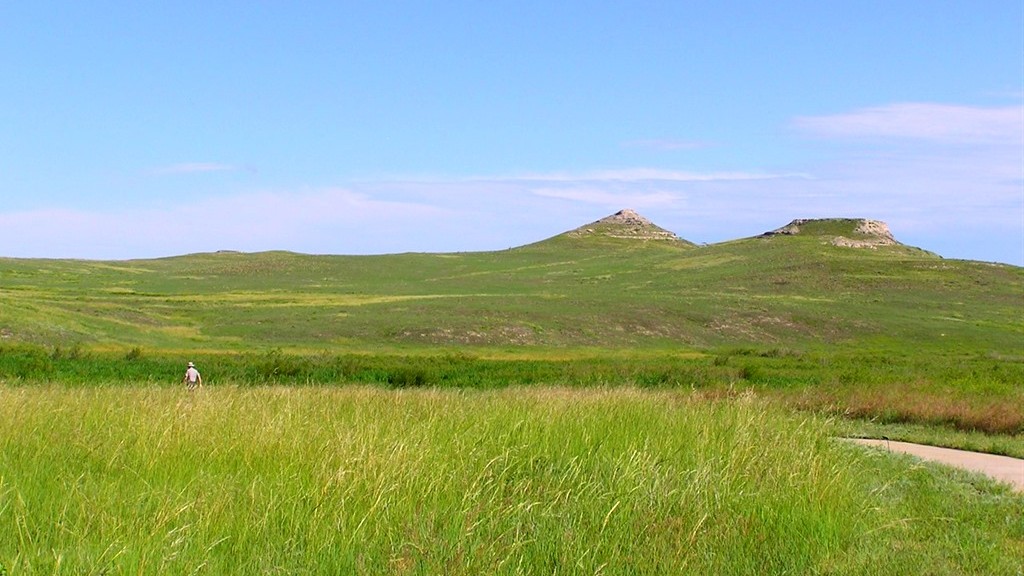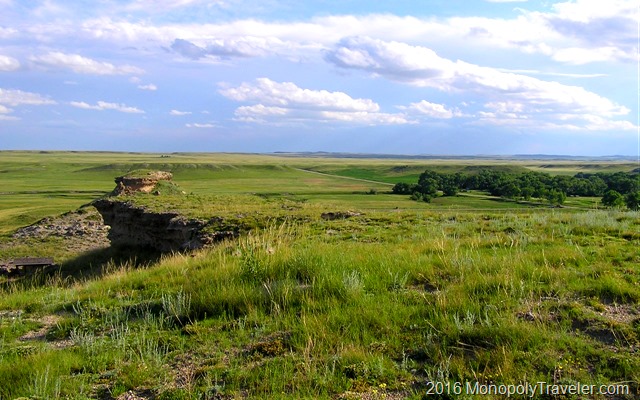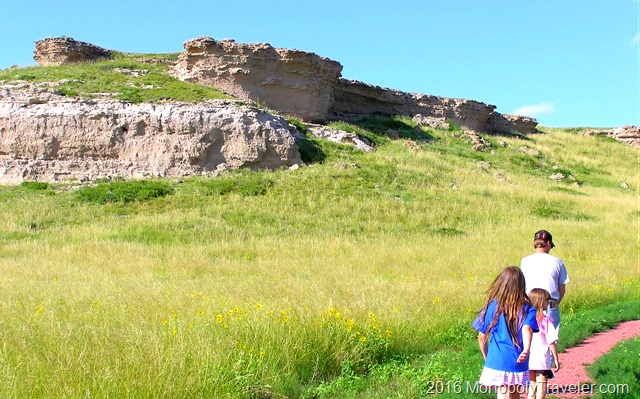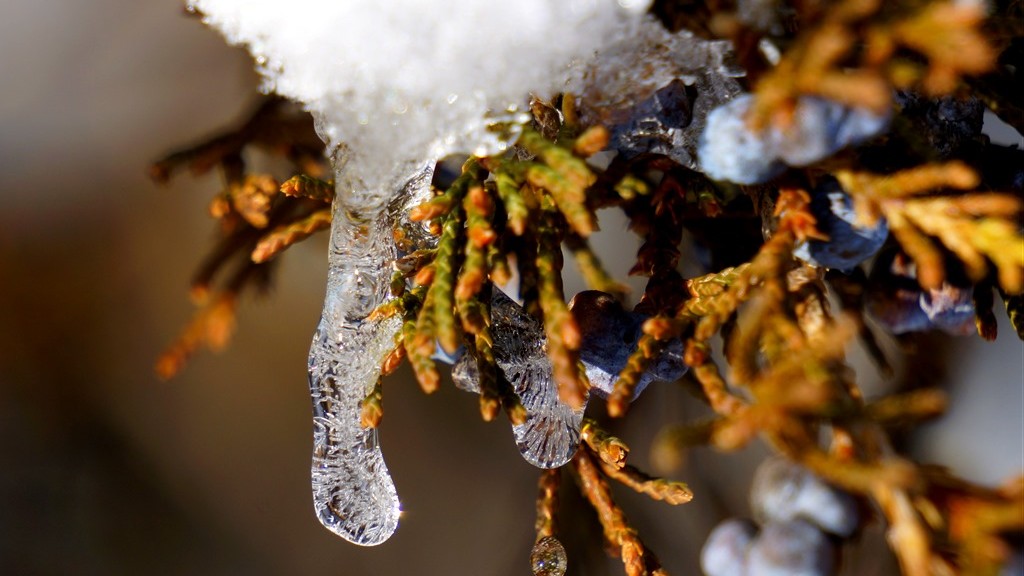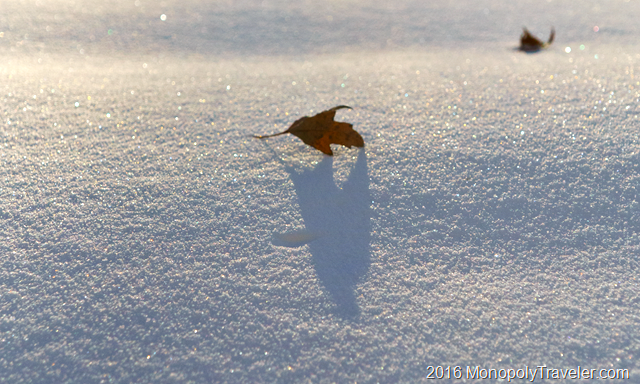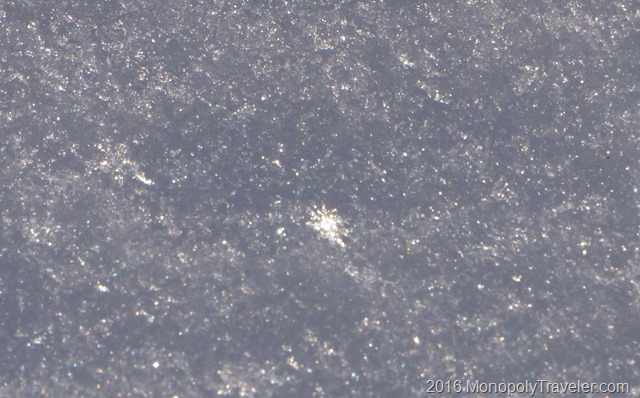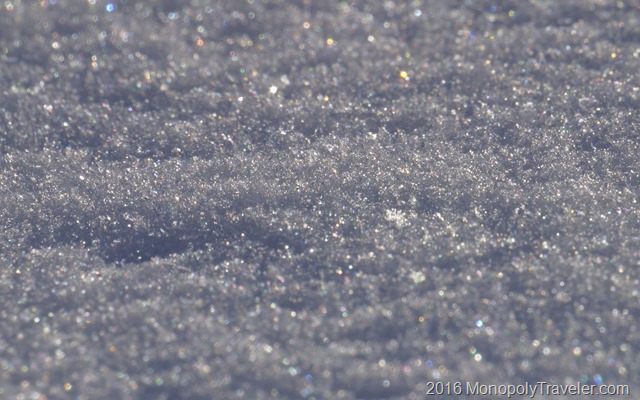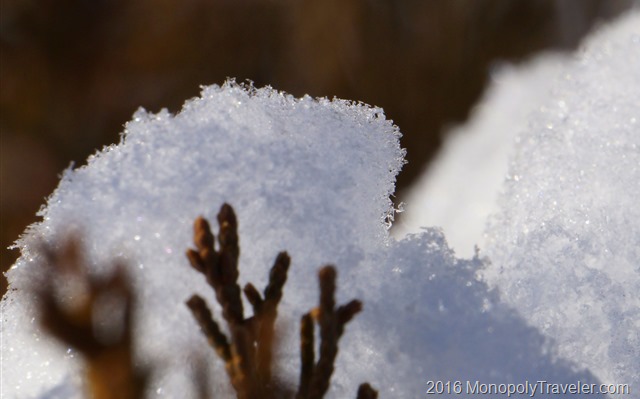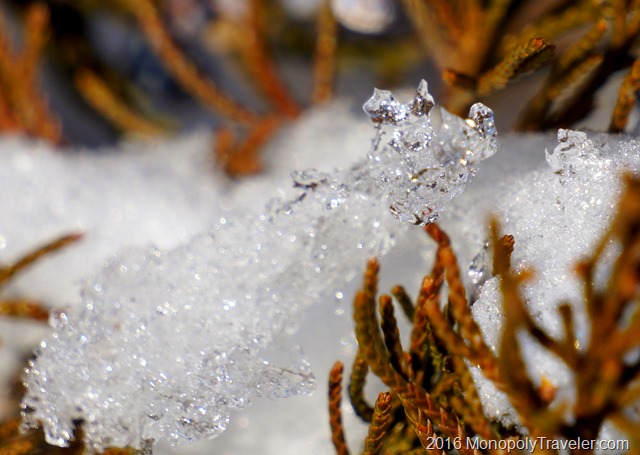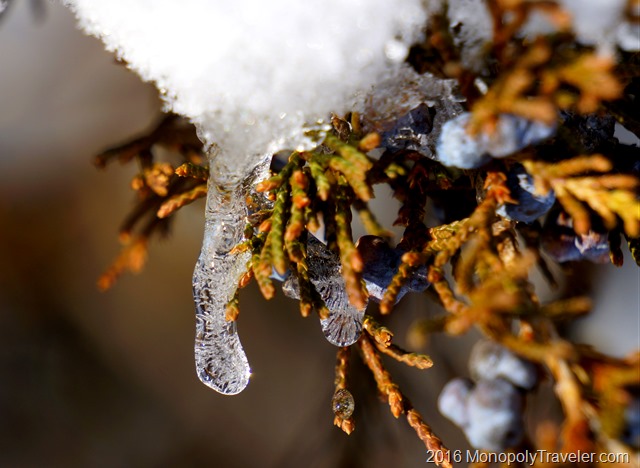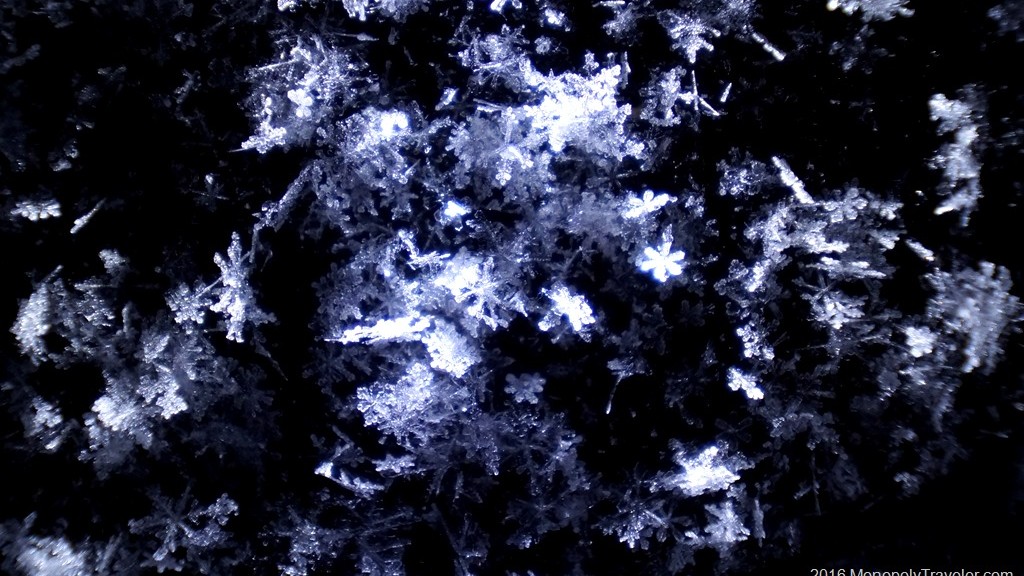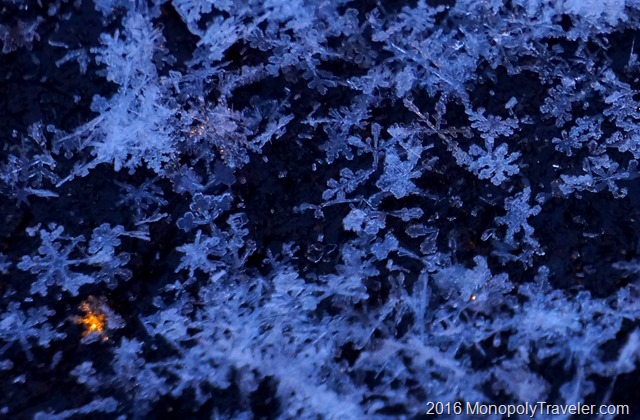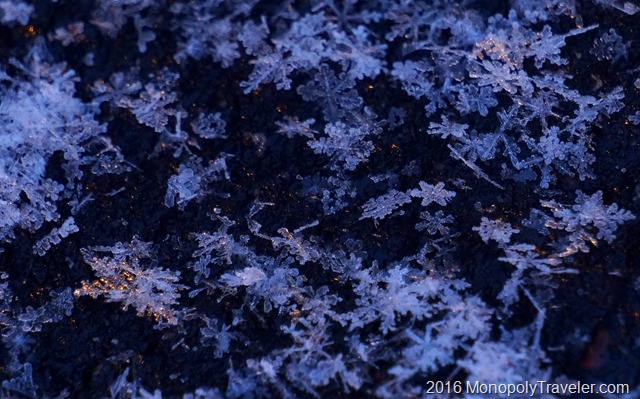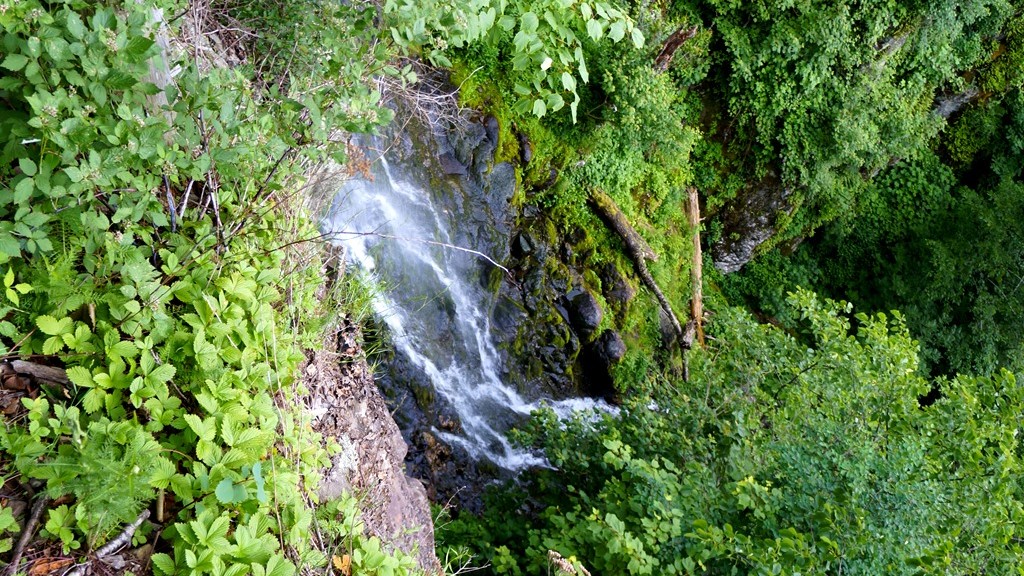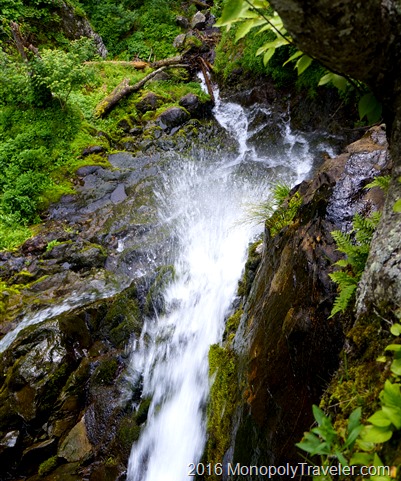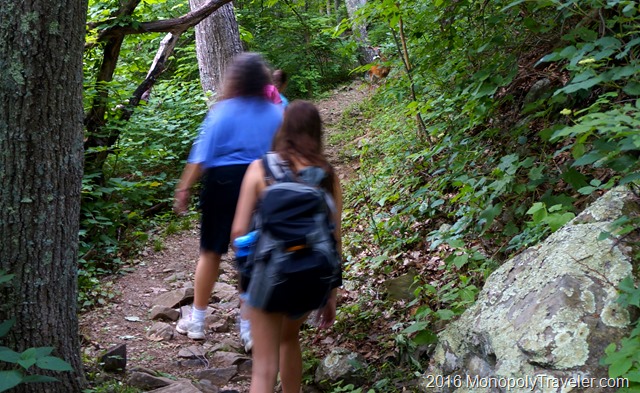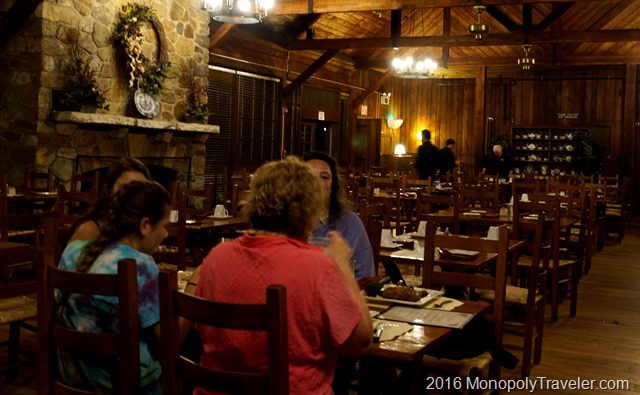The problem was our time here was too short. We were in Houston for a couple of days before boarding a cruise ship to the Caribbean and were looking for something interesting to explore. Researching things to do in Houston, NASA was at the top of the list and reading different people’s experience here we decided that’s how we wanted to spend one of the days.
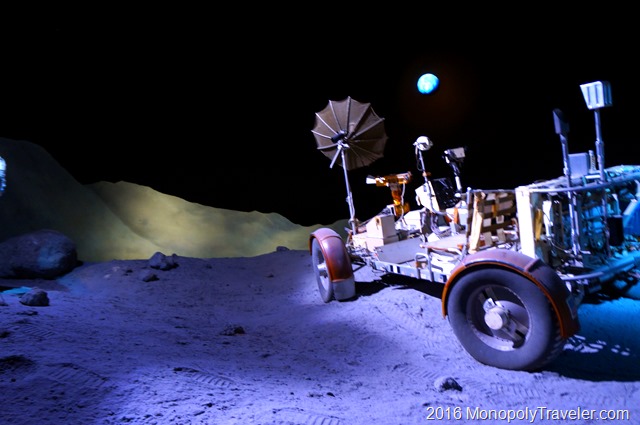
General admission gains access to a days worth of exhibits which include different space capsules, informational movies, multiple types of space trainers, equipment used on different space travels, and even a lab situation where moon rocks were examined all put into settings made to give you a good idea of what it’s like going into space. In addition, you can visit Independence Plaza which holds a shuttle carrier holding a shuttle, Rocket Park were there are several different rockets used to travel into space, as well as a couple of other buildings showcasing some of NASA’s current work via a tram.
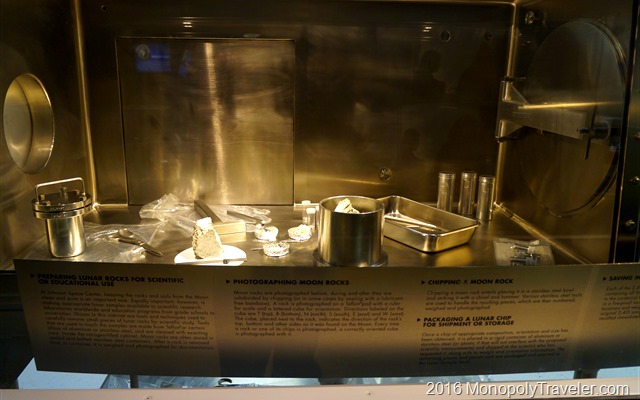
We were in Houston visiting Johnson Space Center and this could be our only chance to experience this with our children so we decided we wanted to take in the full experience and went on the VIP tour. With this tour you get to visit areas not available to any other tour such as the underwater training center as well as get up close and personal in some of the areas were the tram does go such as historic mission control and building 9 where you can view new technology that may be used in future space endeavors along with lunch which can be a little expensive at a place like this.
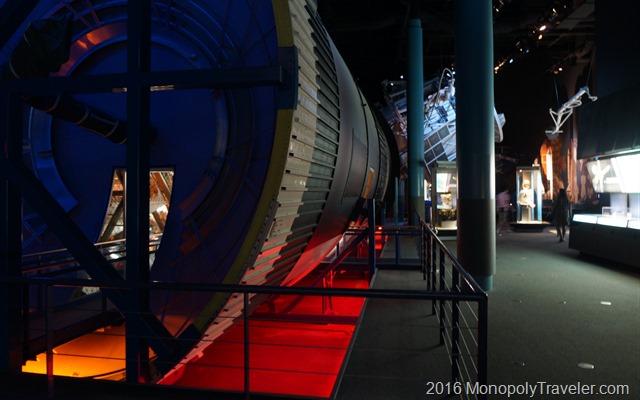
Our first stop was the underwater training facility. Here they have a life-size International Space Station for astronauts from around the world to train on. Luckily for us, there were a couple of astronauts training so we could see how they prepared to work in space. It’s very interesting because while underwater they each have at least two assistants for training and safety. This pool is massive as you might imagine to hold a replica of the Space Station. With space suits on these astronauts can’t get themselves into or out of the pool so they have a small crane to get them in and out.
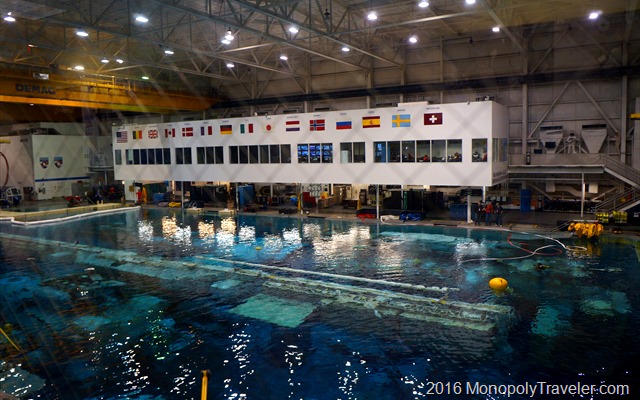
Next we explored building 9 and got to see many of the new creations meant for use on the moon and beyond such as advanced rovers and other exploration vehicles. There were different types of space suits on display, Robonauts which can be used to explore areas not as hospitable to people, and the Orion capsule being built for possible missions back to the moon. Surprisingly, this Orion Capsule has much the same design as capsules already used to go to the moon. The technology to operate them, however, is much better and so is the equipment that can be used to explore more of the moon. Also in Building 9 there is a Soyuz capsule currently used to transport astronauts to the International Space Station and parts of the space station for these capsules to connect to. Seeing these in person is really interesting.
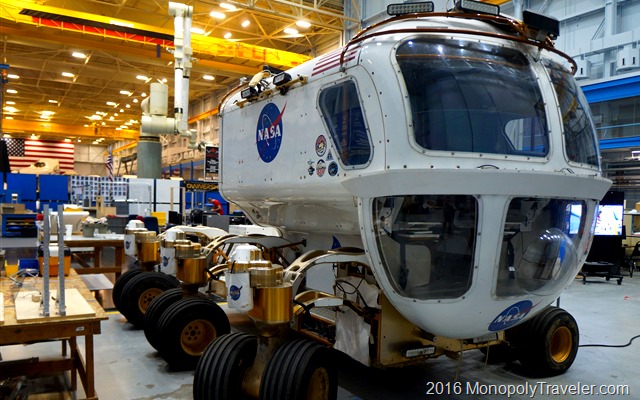
Something we got to experience, that very few get to be a part of, was the launch of astronaut Scott Kelly live. While his launch took place in Kazakhstan, the people at Johnson Space Center prepared an area for their VIP tour guests to view the launch. Because of this launch our trip to see the new Mission Control needed to be delayed as a number of NASA officials were in Mission Control as this trip began. Our experience watching this brought the United States involvement in the International Space Station to life more than any news story could. This post was not intended to coordinate with his return almost a year later. That is just a lucky coincidence as I had planned on this post a week or so before realizing Scott Kelly was returning home from his year at the space station.
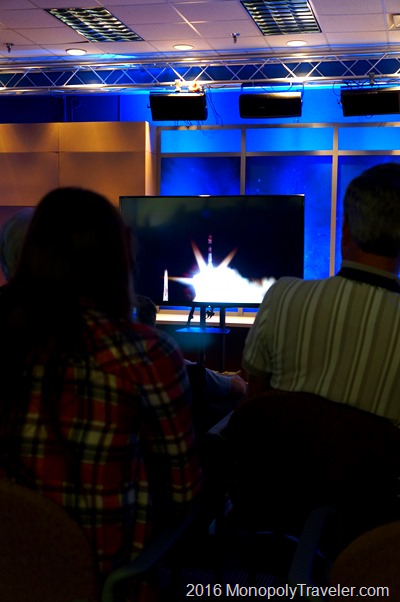
After watching the launch to the International Space Station, our tour continued on to Rocket Park where there are several different rockets used to propel people into space. The highlight of Rocket Park is the Saturn V rocket which was used to take people to the moon. In the photograph above you can see a person walking under the rocket on the far side to indicate just how massive this rocket really is. You could stand inside one of the rocket engines and there are five engines that powered this rocket from the Earth. Walking around Rocket Park you can start to put together the timeline from the first rockets to Saturn V and even see the equipment that went into making the shuttles. Most of this rocket was used to get it off the ground and to the moon. Very little was needed for the return trip.
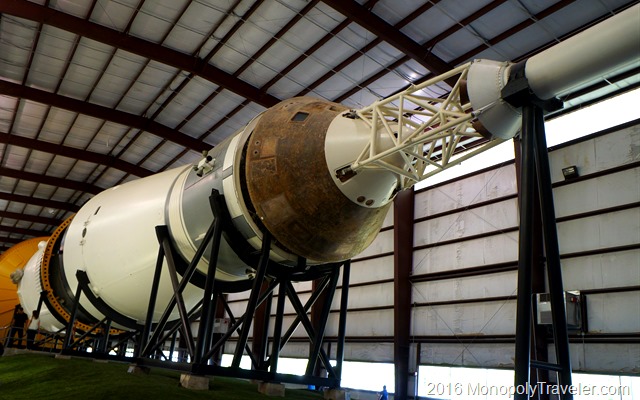
On to Mission Control. Here we were able to sit at the actual desks used to control these missions to the moon and some of the earliest Space Shuttle flights. It really felt like going back in time and humbling to be in this amazing and historic control center. There was a few minutes of presentations by NASA officials and then we had some time to look around this piece of American history. How much better could our experience get?
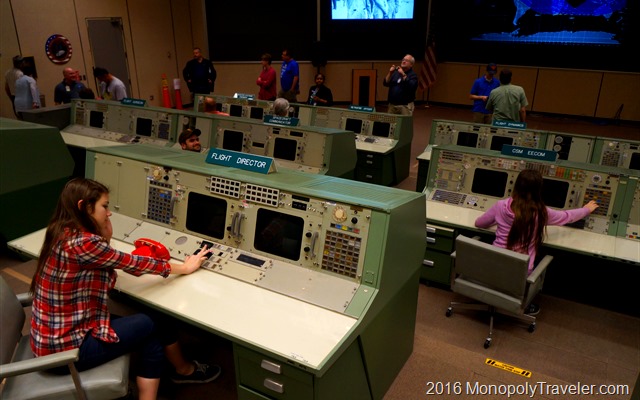
How about witnessing the new Mission Control as they maneuver the International Space Station for the docking of the Soyuz Capsule with Scott Kelly aboard? Here I learned information I was unaware of before such as NASA is the organization that actually flies the space station and a trip from Earth to the International Space Station takes mere hours. I always imagined a trip of this distance would take a day or more. One other surprise to me was how ordinary a launch appears in Mission Control. Not all the desks were filled and people appeared to just be doing their everyday business and having conversations with colleagues just as many of us do only they’re in control of vehicles thousands of miles away and responsible for the lives of those aboard. I’ve seen more chaos in a grocery store. This was the end of our day at Johnson Space Center which required relaxing by the pool of our hotel the rest of the night just to absorb all of the information and experiences from this day. The night sky has a little different appearance now.
